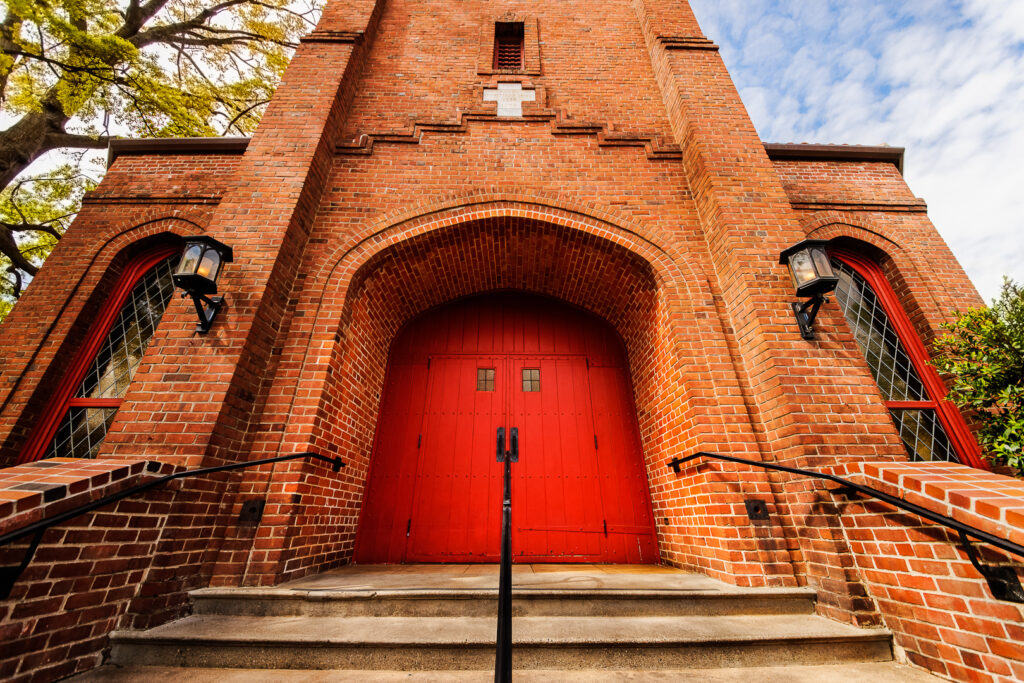Migration has steadily increased over recent decades, with more than 280 million people, or 3.6% of the global population, living outside their birth countries. This trend reflects broader global changes and has significant implications for religious demographics. According to a Pew Research Center analysis, Christians, Muslims, and other religious groups have distinct migration patterns.
Religious Composition of Migrants
As of 2020, Christians made up 47% of all international migrants, a larger share than their representation in the global population (30%). Muslims accounted for 29% of migrants, slightly more than their global share of 25%. The religiously unaffiliated, including atheists and agnostics, represented 13% of migrants, while Hindus and Buddhists were underrepresented compared to their global populations.
Key Findings on Migration Patterns
The report highlights that the religious composition of international migrants has remained relatively stable since 1990. Key patterns include:
- Christian Migrants: Predominantly from Mexico, with the U.S. as the primary destination.
- Muslim Migrants: Mostly from Syria, often relocating within the Middle East-North Africa region.
- Religiously Unaffiliated Migrants: China is the leading origin, with the U.S. as the top destination.
- Hindu and Buddhist Migrants: India and Myanmar are the main origin countries, with the majority staying within their regions.
- Jewish Migrants: A unique case, as one-in-five Jews live outside their birth countries, with Israel being the top destination.
Migration continues to shape the religious landscape globally. People often move to find better opportunities or escape persecution, with religious affiliation playing a significant role in migration patterns. The findings underscore the complex interplay between religion and migration in shaping societies worldwide.
Source:
The Religious Composition of the World’s Migrants
Photo by Andrew Schultz on Unsplash







